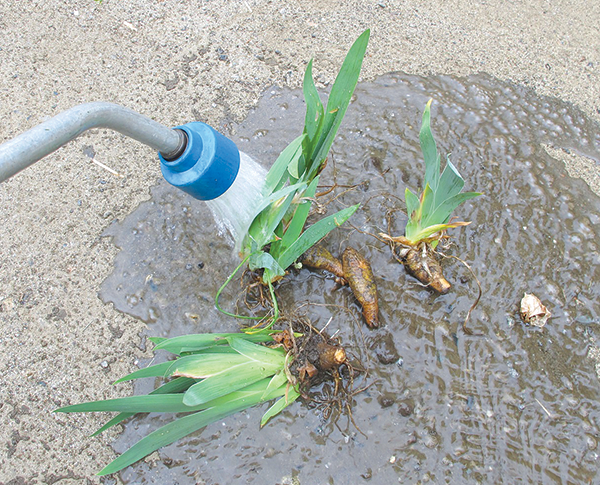Eddie Saktanaset of Londonderry is the owner of Muse Thai Bistro (581 Second St., Suite C, Manchester, 647-5547, musethaibistro.com) and Arincha (80 Constitutional Blvd., Merrimack, 420-8235, arincha.com), two Asian restaurants with entirely different concepts. Muse Thai Bistro features authentic Japanese sushi and Thai options, while Arincha has more of a simplified fast casual approach, offering items like boba tea and Hawaiian-style poke bowls in addition to Thai street food. Born in Thailand, Saktanaset came to the United States when he was 6 years old. His parents own Siam Orchid Thai Bistro in Concord, which has been open for more than two decades. Due to Covid-19, limited menu offerings are currently available for pickup or delivery from both Muse Thai Bistro and Arincha.
What is your must-have kitchen item?
The one tool I must have in my hands is a yanagiba [Japanese chef’s knife], primarily used to slice boneless fish fillets for sushi.
What would you have for your last meal?
Sushi … and a cup of bubble tea that my wife makes for me on a daily basis.
What is your favorite local restaurant?
Siam Orchid [Thai Bistro in Concord]. Most of the recipes come right from my mom.
What celebrity would you like to see ordering from one of your restaurants?
Chef Masaharu Morimoto … [from the television show] Iron Chef.
What is your favorite thing on either of your menus?
There are a few but my personal favorite for Thai food would be [the] pad Thai, drunken noodles, Bangkok noodles and massaman curry. For sushi, the Arincha poke bowl, shrimp tempura maki and spicy tuna. For boba tea, it would be the black milk tea and the honey dew milk tea.
What is the biggest food trend in New Hampshire right now?
Thai [food], sushi and boba tea. That was why we opened Arincha. We wanted [the menu] to be geared more toward street food, which is how you will find it when you go to Thailand.
What is your favorite thing to cook at home?
[My wife and I] usually just like to sit and relax and spend time with our son at home. But if we wanted to cook, our favorite would be to bake cookies or make Rice Krispies treats.
Photo: Eddie Saktanaset of Arincha in Merrimack and Muse Thai Bistro in Manchester. Courtesy photo.
Homemade pad Thai
Courtesy of Eddie Saktanaset of Muse Thai Bistro in Manchester and Arincha in Merrimack
Flat rice noodles
2 tablespoons cooking oil
Protein (your choice of chicken, shrimp or tofu), cut into small pieces
2 eggs, beaten
Chopped green scallions
½ cup roasted peanuts
Handful of fresh bean sprouts
For the sauce:
3 tablespoons fish sauce
1 tablespoon gluten-free soy sauce
5 tablespoons light brown sugar
2 tablespoons peanut butter (optional)
2 tablespoons rice vinegar
Cook noodles and rinse under cold water. Mix fish sauce, soy sauce, light brown sugar, peanut butter and rice vinegar to make the sauce, then set aside. In a large saucepan or wok, heat oil over medium to high heat. Add protein and any of your favorite vegetables. Cooking time will vary, depending on the type of protein you choose. Push your ingredients to the side of the pan and add a little more oil. Add the eggs, then add noodles, bean sprouts, peanuts and sauce, mixing and combining all ingredients. Top with peanuts and green onions.





